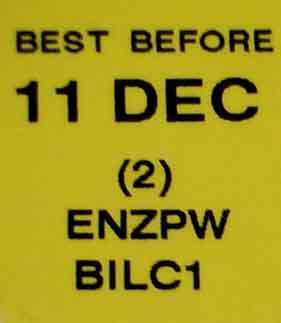we produce more than two million fresh bakery products each day.
To bake our bread, we use the Chorleywood Breadmaking Process. Developed in 1961 by the British Baking Industries Research Association based at Chorleywood, this groundbreaking process is now used to make 80% of the UK’s bread.
We still use flour, water, salt and yeast, mix and knead the ingredients, prove and ferment the dough. It’s just that our bakeries do this at scale and at speed to make sure we can bake enough to feed the nation.
By using this method, we are able to produce more than 2 million fresh bakery products each day that are soft, last longer and are good value for money too.
One thing that we often get asked is how we make our crumpets – well, we cant give away all our secrets but to find out more about how we bake them, you might want to take a look here. If you fancy giving it a go at home then you can use our infamous crumpet recipe – see here. We’re not being big headed – but we bet they’re not as good as ours!



